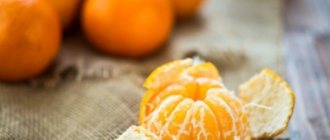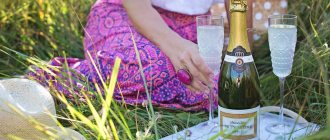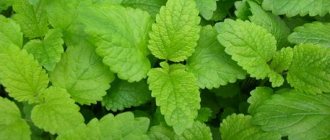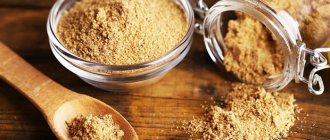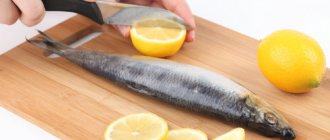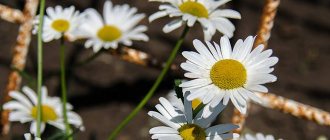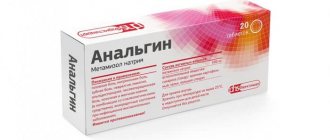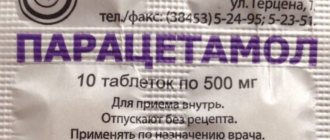Women after childbirth are forced to change their diet. Caution when consuming certain products is fully justified - after all, a child, due to his fragile body, cannot take most microelements, even if they are the most beneficial. How are things going with the jelly? After all, jelly is an excellent light dessert, the ingredients of which can be selected to suit any taste preferences. So, can a woman have jelly while breastfeeding, what role does it play in the baby’s life, and what types are more preferable in the mother’s diet?
Rules of use
To prevent jelly from harming the baby, a woman should adhere to certain rules when introducing this dessert into her diet:
- They try jelly no earlier than a month after giving birth.
- Acquaintance with the product should take place in the first half of the day, no more than 3 sips. Next, the baby’s well-being is monitored. If the child tolerated the dish calmly, you can increase the portion.
- You should not mix the components; at the initial stage, choose 1 fruit/berry.
- For the first fruit dessert, it is better to use green apples; they are more tolerant of children's digestion. After another month, you can add other fruits or berries.
- All products must be fresh, clean, without damage or rot.
- If the jelly comes with starch, give preference to corn, it does not cause heartburn and does not have such a depressing effect on children’s intestines.
- Kissel is best consumed warm.
- It is better for mothers to give preference to liquid jelly - they help with lactation and are better absorbed by the body.
- If a mother or child is prone to constipation, berries should be excluded from food. They cause irritation. The best solution would be oatmeal jelly.
- It is better to cook oatmeal jelly in water. Cow protein can cause severe allergies in children.
- If the recipe uses nuts or dried fruits, they are crushed and soaked in cold water so that the bitterness comes out and the products become softer.
- Use sugar and spices to a minimum.
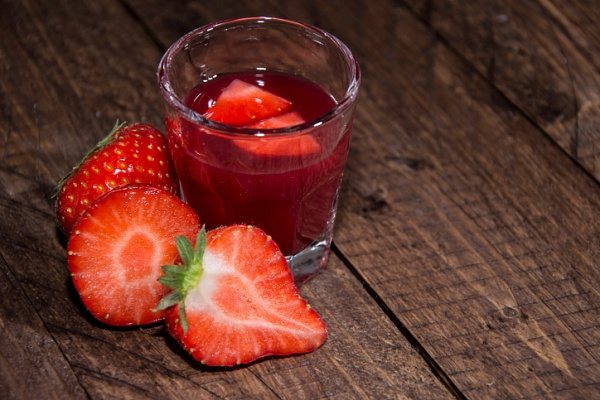
Store-bought powdered jelly should be excluded! Flavor enhancers, dyes and harmful additives that are found there have a negative effect on the child’s body.
Kissel during breastfeeding
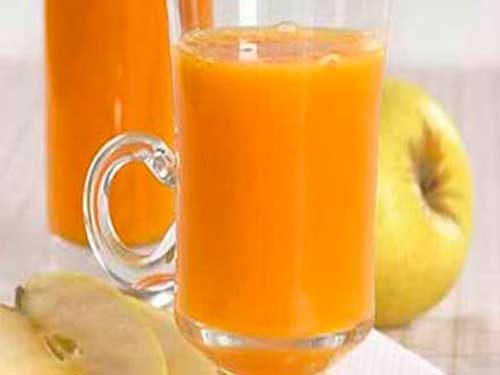
Most women think that berry jelly can be harmful to a baby during lactation, but this is not true. Jelly during breastfeeding receives its beneficial properties from the products it contains.
Jelly contains fruits, berries, and starch. The first thing you need to pay attention to is the presence of allergic reactions of the child and mother to the components of the drink, because fruits are considered strong allergens. As for starch, it does not contain any vitamins or nutritional minerals. This product is a high-calorie carbohydrate that significantly adds extra pounds. Fruits and berries, on the contrary, have a high concentration of vitamins and minerals and will be very useful.
Kissel for a nursing mother in the first month after childbirth does not have any special preparation secrets. To prepare healthy jelly you will need:
- apples - 4 pcs.;
- carrots - 1 pc.;
- sugar - 7 tbsp. l.;
- starch - 2 tbsp. l., if thick jelly is preferable, increase the amount of starch;
- drinking water - 0.4 l.
Preparation
- Apples and carrots should be washed thoroughly with running water, then grated with a grater, covered with sugar, and left for 20 minutes.
- Place a saucepan with water on low heat, add the apple-carrot mixture, and simmer for half an hour under the lid.
- The boiled compote must be strained using gauze.
- Return the juice to the heat and remove the pulp.
- Starch is diluted in cold water until completely dissolved.
- Add the dissolved starch to the compote carefully, stirring thoroughly so that no lumps form.
- When the starch is completely dissolved in the compote, remove the pan from the heat, add 1/3 tsp. cold water into the jelly so that a crust does not form.
- As soon as the drink has cooled, you can serve it to the table, preferably warm.
Beneficial features
Kissel is definitely a useful product.
Doctors have proven that drinking this viscous drink greatly helps the body:
- improves the functions of the digestive system;
- cleanses the intestines, removes waste and toxins;
- increases immunity, has antiviral and anti-inflammatory properties;
- normalizes liver function, has a beneficial effect on the pancreas;
- gives the body the necessary vitamins, charges it with energy;
- prevents the accumulation of pesticides and radionuclides;
- perfectly envelops and soothes the stomach, therefore it is recommended for problems with the gastrointestinal tract;
- reduces nervous tension, improves mood;
- makes hair shiny, strengthens nails and rejuvenates skin;
- lowers cholesterol levels.
In addition, each type of jelly separately has advantages and benefits. This helps to individually solve certain problems by including the necessary ingredient in the dish.
It is possible or better to refuse
You should first ask your doctor about this. In most cases, nursing mothers can include this dish in their diet. But there is always one “but”, and in this case - these are types of jelly that will be safe for the child, or can provoke an allergic reaction. In general, safe types of jelly are very useful for mother and child, as they have a number of useful properties :
- Cleanses the intestines and rids the body of toxins.
- Improves the functioning of the gastrointestinal tract and intestinal motility.
- Normalizes the functioning of the liver and pancreas.
- They have a calming effect on the mucous membranes of the stomach and duodenum during gastritis, peptic ulcers and imbalance of intestinal microflora.
- Helps normalize cholesterol levels in a woman’s blood.
- They have a beneficial effect on the immune system and are good for preventing respiratory diseases.
- Reduce stress levels and improve a woman's mood.
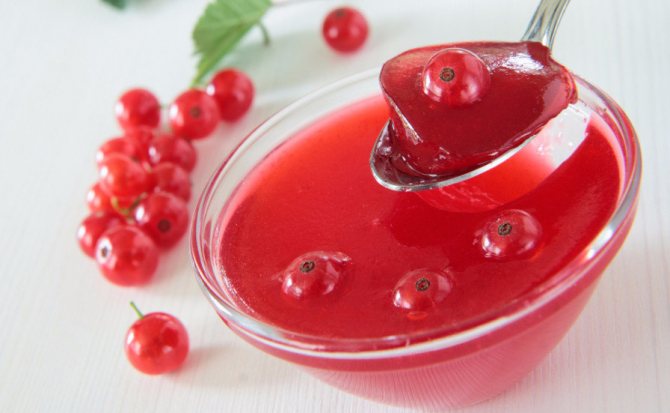
Did you know? Kissel is an ancient Russian dish that has accompanied our history since the times of Kievan Rus.
Possible harm
Every barrel has a fly in the ointment. Is it in this product? Is it possible for a mother to calmly consume jelly while breastfeeding, without harming the health of her baby?
There is, of course, possible harm from this thick drink and it must be taken into account:
- Kissel can cause allergies in both mother and child.
- If a dish is prepared not from natural ingredients, but from powder, the body may be at risk of poisoning.
- The child will not tolerate this dessert well if the mother has consumed too much of it.
Jelly, as a product, has no side effects unless there is an individual intolerance to a certain ingredient. It is not the dish itself that causes harm, but its incorrect introduction into the diet at the first stages.
The main rule when breastfeeding is to do everything on time. If jelly is introduced into the diet ahead of time, it will do more harm to the child than good.
Is it possible for nursing mothers and pregnant women to have cranberry and currant jelly?
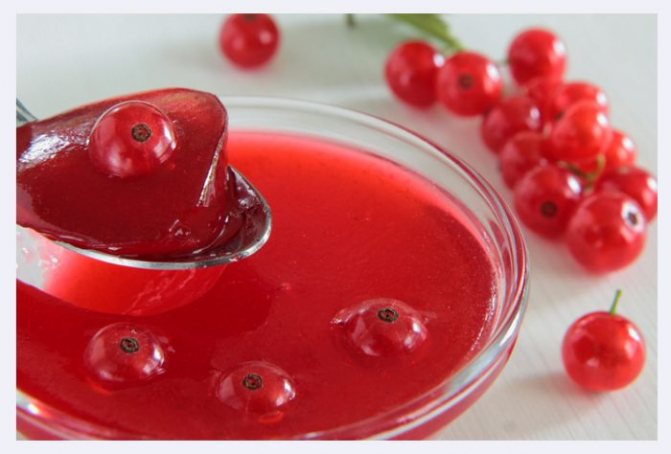
Can lactating and pregnant women eat cranberry and currant jelly?
- If a nursing mother is not allergic to currants and cranberries, she can eat cranberry or currant jelly. However, it is best to start introducing such treats into your diet after three months. During this period, the baby is no longer bothered by constant colic, and it will be much easier to determine the true reaction of his body to a new product.
- It is best for women who are breastfeeding to start trying jelly based on strawberries, raspberries and cherries no earlier than six months.
- When introducing cranberry or currant jelly into the diet of a nursing mother for the first time, it is best to take it in the morning and in small quantities in order to observe the baby’s reaction to such food throughout the day. Negative manifestations can be considered any rashes, colic in the baby and changes in stool. If the listed symptoms are present, it is best to cancel the jelly intake or postpone it to a later period.
- In the case of pregnancy, the only contraindications to taking cranberry or currant jelly may be individual intolerance or allergy to these berries, as well as a woman’s tendency to constipation.
When to start drinking
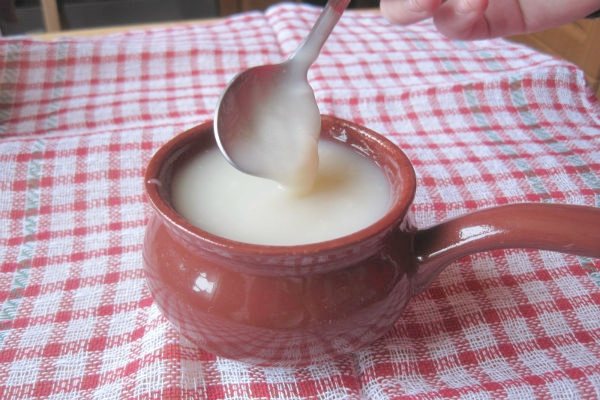
In the first month of life, oatmeal jelly is most suitable for a child’s body. It is better to use water or diluted milk as a base (you need to choose milk carefully). After 2 months, you can introduce fruit jelly with the addition of vegetables or jelly using berries.
Try jelly for breakfast (half a glass) and monitor the baby for 24 hours. Even if the child reacted calmly, the amount of dessert should not exceed 1 glass per day.
If a nursing mother prefers fruit desserts, you should start with green apples. You can also try it in the first month of your baby’s life. They contain a large amount of pectin, they do not cause allergies, moreover, these varieties are the first to introduce a child to fruits. The basis is mashed green apple puree, peeled. You can use white apples later.
To avoid colic and gas formation, jelly should be consumed liquid. You should wait with thick recipes until the baby is 5 months old.
When and how to properly include jelly in the diet from the first month after childbirth
During the first month after birth, a nursing mother can eat jelly, but it is advisable to give preference to oatmeal or dairy desserts (with low-fat or half-and-half milk) without fruit fillers. For the first test, drink only half a glass of jelly for breakfast and monitor your baby’s mood and bowel movements throughout the day.
At first, you can drink jelly no more than once a day. If you want to try fruit jelly already in the first month of breastfeeding, then it is best to use peeled green apple puree as a basis. This fruit will not cause allergies, it is the most gentle for digestion and contains a large amount of pectin, so you don’t need to add a lot of starch.
It is better to introduce thick fruit jelly into the menu of a nursing mother no earlier than the third month. However, if the child suffers from allergies and colic, it is advisable to wait until he is six months old. Then you can minimize the risk of a negative reaction.
In order for the jelly to be better absorbed and to show its beneficial properties to a greater extent, you must follow the following recommendations:
- It is best to eat dessert in the morning. Then the acquired calories will be easy to burn throughout the day and will not accumulate.
- Even if the child reacts normally to the dish, it is not advisable to consume more than one cup of jelly in one day.
- If a mother or child suffers from constipation, then it is better to completely exclude foods containing starch. Drink oatmeal jelly.
- Milk, sugar and starch increase the calorie content of the dish; the less there is, the better.
- Use only fresh or frozen fruits and vegetables. It is not advisable to add jam, otherwise more sugar than necessary will end up in the jelly.
- You need to drink jelly warm. This way you can increase your milk flow.
Types of jelly
There are many types of this light dessert.
May include:
- Rye bread;
- tea;
- citrus;
- vegetables;
- herbs;
- berries;
- fruits;
- flour.
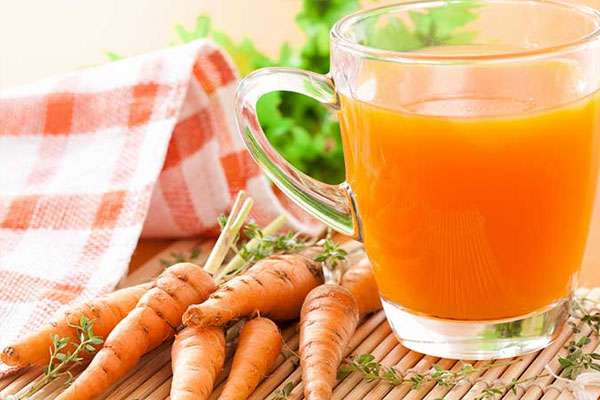
We will only talk about those jelly products that are recommended for lactation.
- Oatmeal jelly. One of the healthiest dishes under Guards. It absorbs and removes harmful substances from the body. Oatmeal acts as a thickener, so there is excess starch in this dessert. This thick drink invigorates, has a beneficial effect on the heart, improves digestion, and supports the immune system.
- Fruit jelly. Apple jelly is considered the best dessert. This dish contains vitamins, prevents anemia and is good for losing weight. The main thing is that it is better to forget about yellow and red apples, but you should also use jelly with caution with green varieties. Children's digestive systems may not yet be ready for this product. Carrots go well with apples.
- Berry. Considered a light dessert. This jelly perfectly helps prevent diseases and is a good helper for the body if the disease has already occurred. The best choice would be cranberries or blueberries - they increase immunity, are recommended for vision and can improve the digestive system. If the child’s body is ready for berries, you can include red/black currants and cherries.
- Lactic. Is it possible for a nursing mother to make jelly from milk? This dessert has a beneficial effect on the microflora in the intestines and is necessary for the good development of bones and muscle tissue. Milk is rich in calcium, magnesium and phosphorus. The answer is definitely possible, but later. Milk can cause itching, colic, rash, diarrhea/constipation. It is recommended to use it no earlier than the baby is 5 months old. Full-fat milk is especially contraindicated.
- Dried fruit jelly. This dish perfectly cleanses the stomach and saturates the body with essential substances.
- Almond jelly. This delicious dessert is nutritious and satisfying in its composition. Nuts are rich in amino acids and proteins. But it is recommended to introduce it as one of the last ones - almonds are considered a strong allergen.
Kissel is very useful in its properties. If you prepare it correctly and introduce it according to the rules, the child’s body will only benefit from such a dish in the mother’s diet.
Rules for using jelly during breastfeeding
It is important to follow the basic rules for using jelly during breastfeeding. The first portion of the drink is minimal, 50 ml is enough, and then, without introducing anything new into the diet, you should observe how it affects the baby’s well-being; the optimal period for assessment is three days.
To maximize the beneficial properties of jelly, it is important to take a responsible approach to the choice of its ingredients: you should drink the drink only when each ingredient has already been introduced into the mother’s diet.
Berries and fruits for the drink should be chosen only fresh, being careful, not forgetting that many of them (especially red and yellow) are a potential source of allergies.
Kissel is a drink that is not only tasty and satisfying, but also healthy. It diversifies the diet of a nursing mother and supplements it with vitamins and valuable microelements.
- Back
- Forward
CComment Comment Component
Recipes for nursing mothers
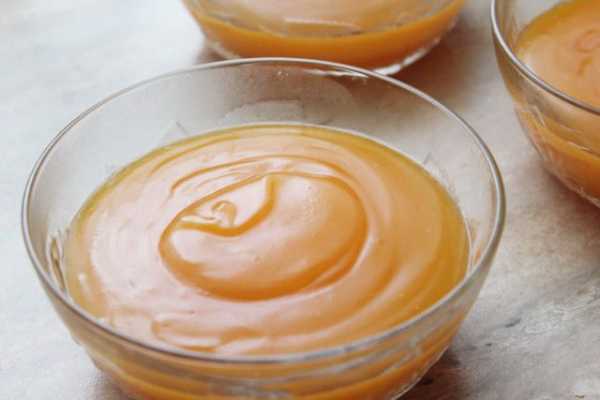
So, we figured out whether a nursing mother can drink jelly. Now it’s important to cook them correctly. Let's look at the simplest and healthiest recipes.
Oatmeal jelly
- 1 tbsp rolled oats;
- 1.5 glasses of warm drinking water;
- 40 grams of good butter;
- sugar and salt as desired.
Pour water over the cereal overnight and leave it covered. After 10-12 hours, strain the mixture and place the strained liquid on low heat. Cook until the dessert thickens, remembering to stir thoroughly. Add butter and salt to the finished dish and remove until completely cool. At the end you can sprinkle with sugar.
Berry jelly
- 1 tbsp of any berry (you need to start with one type);
- 2.5 tbsp drinking water;
- 1 heaped tablespoon of starch;
- sugar.
Thoroughly washed berries are poured with 0.5 cups of warm water and rubbed well through a sieve. Pour the resulting juice into a glass. Pour 400 ml of water over the berries that remain after squeezing and boil for 6-7 minutes over high heat. Strain this mixture, add sugar and simmer on the fire.
While the future jelly is on the stove, dilute the starch (you will need 4 tablespoons of water) and add it to the drink, stirring thoroughly. Heat the dish well, without bringing it to a boil. Remove, add the original juice, mix well.
Apple-carrot jelly
- 3 large apples without peel;
- 1 carrot without peel;
- 2 tbsp drinking water;
- ¾ tbsp sugar;
- 1.5 tbsp starch.
Cut the apples into thin slices, grate the carrots. Sprinkle the fruit and vegetable mixture with sugar and leave for 20 minutes. Then add water and put on the stove for 45 minutes. Strain the resulting compote and return it to the stove. Separately, dilute the starch in cold water and add it to the jelly in a thin stream. As soon as everything is well mixed, remove the jelly from the heat.
To prevent the formation of a film or crust on the jelly, it is recommended to add 1/3 cup of cold drinking water.
Milk jelly
- 2 tbsp milk (low-fat or ½ with water);
- 2 tsp starch;
- granulated sugar or vanilla sugar to taste.
Leave half a glass of milk for starch. Pour granulated sugar into 1.5 tbsp of milk and put on fire. Bring the liquid to a boil. Add carefully diluted starch into boiling milk in a thin stream and mix well. Pour into plates and cool.
Dried fruit jelly
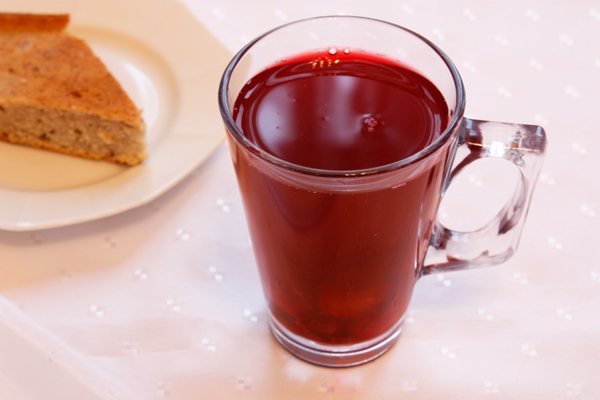
- 5 tbsp boiled water;
- 100 grams each of raisins, prunes and dried apricots;
- 2 tbsp starch;
- cinnamon, cloves and sugar as desired.
Rinse everything thoroughly, boil water and pour the ingredients with spices for 30-35 minutes. Cook over high heat for 7 minutes until the dried fruits become soft. Mix half a glass of cold water with starch and, stirring thoroughly, add it in a thin stream to the jelly. Immediately after boiling, remove the liquid from the heat. Cool.
- Related Posts
- Eggplants for a nursing mother
- Can a nursing mother eat vinaigrette: which ingredients are dangerous?
- Can nursing mothers eat seaweed?
« Previous entry
Is it possible to drink jelly during lactation?
A nursing mother always double-checks every new product before including it in her diet.
Considering that drinking jelly can protect a mother from a number of health problems, we can say with confidence: this drink can be consumed during lactation. But at the same time, a number of recommendations should be followed to make it safe for the baby.
When can a nursing mother include jelly in her diet?
If mother and baby do not suffer from allergic reactions, a woman can start drinking jelly from the first month of her baby’s life. It is better to cook the first jelly from apples or pears - they are as hypoallergenic as possible, but very healthy. It is worth making jelly with a small amount of sugar or without sugar at all - after all, it can provoke diathesis in the baby, as well as increase gas formation and colic.
A month after the baby is born, you can safely include berry and fruit jelly in your mother’s menu. Oatmeal jelly can also be included in the mother’s diet from the first month of the baby’s life - oatmeal does not contain allergens and is beneficial for the digestion of mother and baby. But it is better to abstain from milk jelly and jelly with nuts in the first six months - these are very allergenic products, which means there is a risk of a negative reaction in the baby if the mother eats them.
When preparing to become a mother for the first time, I read a lot of reviews and opinions of mothers about this or that food product for nursing. And I had a negative attitude towards jelly. Imagine my surprise when, on the second day of our stay at the maternity hospital, they brought us jelly for lunch! The drink made from dried apricots not only turned out to be tasty, but also relieved constipation in some of the neighbors. Contrary to our fears, the babies did not suffer with their tummies that night.
After my second birth, I already calmly reacted to jelly in the maternity hospital, and I prepared it at home without fear, knowing that if prepared correctly, it would become an additional source of vitamins and nutrients for me, and that I was fully capable of minimizing the possibility of negative reactions to it. .
Kissel - how to drink so as not to harm the baby
During lactation, a mother has a lot of restrictions, especially when it comes to nutrition. So, when preparing and consuming jelly, you should adhere to a number of rules:
- Eat only self-prepared jelly, made from fruits and starch (oatmeal). But leave the jelly from the packs for later - now they are unlikely to be useful to you and your baby.
- Before introducing jelly from a certain fruit or berry into your diet, it is worth introducing this fruit or berry into your diet as an independent treat. If you want blueberry jelly, try eating some blueberries first and monitor your baby's reaction for 48 hours. If your baby does not have allergic rashes or tummy problems, you can cook blueberry jelly. And this scheme is valid both for jelly from one component and from multi-component drinks.
- It is better to start drinking jelly with small doses - no more than 100 ml per day. If the child responds well to this drink in the mother’s diet, the portion can be increased to 250 or even 300 ml per day. But you shouldn’t drink more than one glass of jelly per day.
- If mother and child suffer from constipation, it is better to avoid jelly with starch. But oatmeal jelly will come in handy for you.
- Potato starch can provoke heartburn, which means women who are prone to this disorder should replace it with corn starch, or even better, cook jelly from cereals.
- Make jelly only from good quality fruits and berries. Carefully sort and wash the ingredients for the future dessert. The fruits must be whole, without traces of rotting or mold, and have a pleasant smell without signs of fermentation.
- It is better to drink jelly in the first half of the day - this way you are guaranteed to have time to burn all the calories you get with it and will not provoke excess weight gain.
Does jelly affect lactation?
Kissel, like any other drink, be it tea, fruit drink or compote, can stimulate lactation. To do this, you need to cook it liquid, more like a drink than a dessert. And eat warm. However, if the mother really has a problem with lactation, you shouldn’t particularly rely on ordinary jelly - it’s better to drink special tea or prepare jelly with herbs that stimulate milk production.
How to cook jelly for a nursing mother
All jelly is prepared according to one general principle, however, several jelly recipes should still be considered.
Healthy apple jelly
Apple jelly - tasty and healthy
The very first jelly that should be included in the menu of the mother of a baby is apple jelly. You will need:
- Apple (preferably yellow or green) - 1 pc.;
- Water - 1 glass;
- Sugar - 2 tsp;
- Potato or corn starch - 1 tsp.
- The apple must be thoroughly washed and the skin removed. Pour a glass of boiling water over the peeled apple, leave for a few seconds, and then remove.
- Grate the apple on a fine grater and squeeze out the juice. Set aside the juice, and place the apple pulp in the remaining boiling water and boil for 10 minutes. Strain.
- Dilute starch in three tablespoons of cold boiled water.
- Bring the apple broth to a boil, add sugar and pour in the diluted starch in a thin stream, stirring constantly.
- As soon as the jelly begins to boil again, pour in the reserved apple juice and remove the drink from the heat.
The amount of sugar and starch can be varied depending on how sweet and thick you want the jelly; however, a nursing mother should not get carried away with either ingredient.
Using the same principle, you can prepare jelly from any fruit, berries and dried fruit. The main thing is to understand the sequence: first get juice from fruits or berries, then cook fruit juice from squeezed pulp, sugar and water, then add diluted starch to the boiling fruit juice, and only then add juice, which, with this method of preparation, preserves the maximum amount of vitamins.
Oatmeal jelly
Making jelly from oatmeal is not at all difficult.
The recipe for oatmeal jelly is not known to many people now, but our great-grandmothers considered it a must-have drink for a woman who had just given birth.
To prepare you will need:
- Oatmeal - 1 cup.
- Water - 1 liter.
- Sugar - 1 tbsp.
- Butter, berries or dried fruits to taste.
Preparation:
- Pour hot boiled water (approximately 900 ml) over the oatmeal, stir so that there are no lumps and leave to swell for 8-10 hours in a warm place.
- Stir the swollen oatmeal and strain through cheesecloth.
- Leave the strained liquid for two to three hours, allowing it to separate, then carefully drain the top liquid layer.
- Add water (100 ml) to the remaining concentrate, add sugar and cook until thickened, stirring continuously.
- Add butter, berries, raisins.
A similar healthy jelly can be prepared following the recipe in the video.
Cooking oatmeal jelly
Kissel with rye flour
Delicious berry jelly can be prepared with rye flour
Another undeservedly forgotten recipe that a nursing mother should try
To prepare, take:
- Rye flour - 25 gr.
- Water - 1 glass.
- Fresh or frozen berries - 1 cup.
- Sugar - 40 gr.
How to cook:
- Sort and wash the berries, pour them into a saucepan and add water. Bring to a boil over low heat.
- Add sugar and cook the berries for no more than two minutes.
- Dilute the flour with a couple of tablespoons of warm water. Stir well so that there are no lumps. If necessary, strain through cheesecloth or a sieve.
- Add flour to the berry mixture on the stove and bring to a boil, stirring constantly with a spoon or spatula.
- Remove from heat, cool.
This jelly is delicious to drink both warm and cold.
Which jelly is preferable for nursing mothers?
As you know, everything should be natural and healthy for pregnant, lactating and infants. However, can a nursing mother have jelly from bags? Or, in this case, do you need dessert only from fresh fruits and berries?
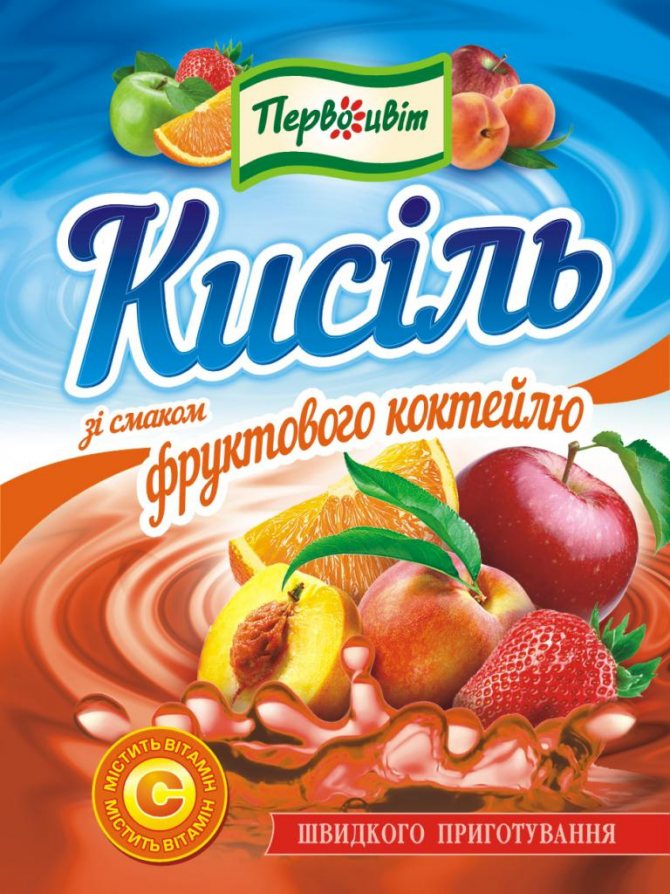
You yourself understand that there is a clear answer to this question: it is better to make homemade jelly than to use store-bought. By using fresh fruits and berries for your homemade drink, you thereby eliminate possible allergens. After all, store-bought packaged jelly contains the same chemicals, dyes, flavors and preservatives. They are more likely to cause an allergic reaction or worse, poisoning in a small child.
